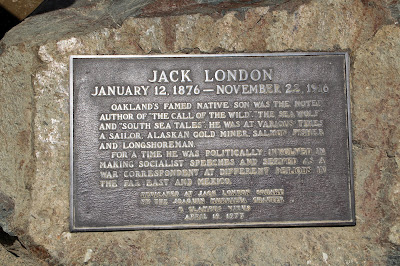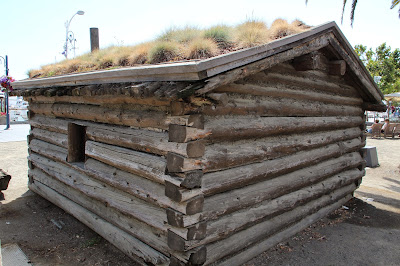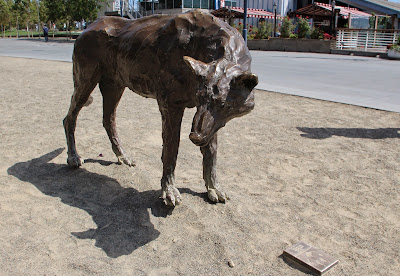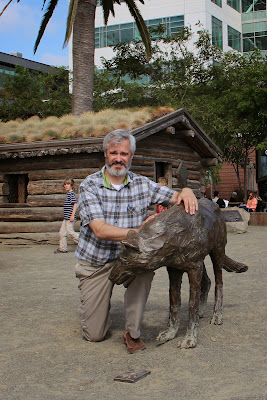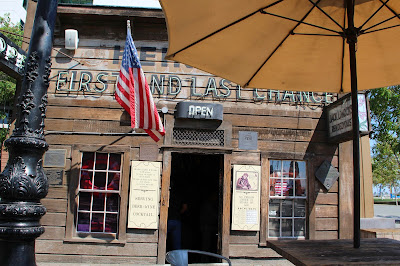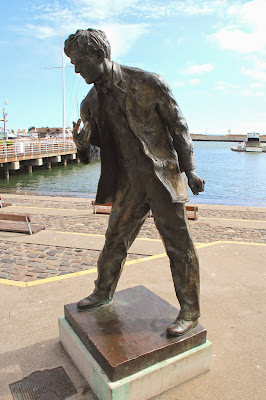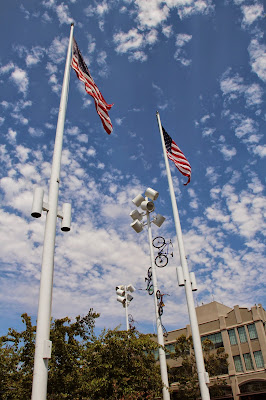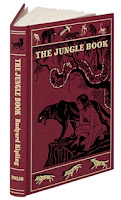 |
The influence of the Fates is foreshadowed early in Toil and Trouble,
written by Mairghread Scott featuring art by Kelly and Nichole Mathhews. |
 |
Cover to Toil and Trouble #1
by Kyla Vanderklugt |
Despite being properly schooled in the works of William Shakespeare as an undergraduate at SUNY Brockport, as an educator, I am a little late-to-the-party with a passion for the Bard. While I have dutifully worked with required grade-level plays, it is only the last few years that I have grown convinced of its potential for opening intellectual doors for my lower-level readers. A re-read of
The Tragedy of Macbeth, and some accompanying literary analysis was the initiating factor in this growth two summers ago. Much like one sees a certain make of car everywhere once they become familiar with it, it would seem as though Macbeth seems to be popping up more frequently, or at least my level of awareness has been raised. While comic book storylines have always reflected classic literary tropes, recently I re-read a recent miniseries that, more than just reflecting Shakespeare's plot points, made an effort to embellish them.
 |
Yes, there are boiling
cauldrons, as seen here in
issue #2. |
Based on important, though underdeveloped, characters created by William Shakespeare,
Toil and Trouble fleshes out a potential backstory for the Weird Sisters, or witches, who put into motion, via prophesy and apparition, the events depicted in
The Tragedy of Macbeth. Set in and around the familiar story points of the source, this six-issue mini-series from
Boom! Studios/
Archaia, in the spirit of Tom Stoppard's
Rosencrantz and Guildenstern Are Dead, presents a slightly different take on the events of the play. Smartly re-purposed more fully as "Fates," rather than witches, by writer Mairghread Scott, the three fates, now named Riata, Cait, and Smertae, are presented as having always guided and protected Scotland unseen, indirectly controlling the line of kings according to the old religion. Macbeth's role is shifted to being that of a pawn (albeit a beloved one by protagonist Smertae) in a much more ancient conflict between the Fates.
In the interest of creating a circumstance during which the spoiled future king Malcolm can strengthen his military credentials, the sisters hatch a scheme led by alpha-Fate Riata, to place Malcolm in a battle that allows this growth. A key aspect of this plan, however, requires that brave Macbeth be cut down in his prime. Though recently returned from exile because of her own past indiscretions at the story's start, Smertae deviates from the plan when it is revealed that she has followed Macbeth since his birth and disagrees with the scheme as laid out. That is the initiating action that set's in motion the events of
Toil and Trouble. These narrative nuances periodically dovetail into the more familiar plot, though by the series' final issue, titled "Act 6," an alternate conclusion of sorts reaches fruitiotn that ameliorates the tragic element of the
The Tragedy of Macbeth.
 |
While Lady Macbeth is once
again "unsexed" this time she
has a push from Fate in Issue #3. |
Though most readers already know how the story is supposed to end (SPOILER ALERT: it's Macbeth's tragedy, so take a guess), like many works of literature, it is the journey bridging the new with the familiar that creates the tension through all six issues. Because Scott develops Macbeth here as an even more honorable and brave soldier, and therefore a more sympathetic character, his pre-ordained fall in Shakespeare's play is even more tragic... and it is the expectation of that fall on the part of the reader with which Scott plays in revealing a different resolution to the story.
The deceptive actions of key characters throughout the story, most notable Lady Macbeth, is now attributed to the Fates possessing or taking on their appearance at key moments, thereby more actively guiding the chess pieces toward their ultimate station: first placing Macbeth on the throne and then correcting their error by setting up Malcolm as the successor. As the story unfolds there are significantly more allusions to the Scottish setting of the story, especially in developing the "old ways", as represented by the Fates, and their slow recession out of the culture.
The visuals, by Kelly and Nichole Mathhews, includes nods to our characters' Scottish background, and utilizes an appropriately earthy color palette. The figure-work and structure of pages is laid out in a clean style, suggesting an appreciation for mango on the part of the artists. The characters are especially expressive, suggesting an animated storyboard, but not so much that it negates the necessary tone of the books. Fortunately, the words and pictures mesh in a very complimentary fashion that evokes medieval Scotland in a way that is accessibility to modern comic book sensibilities.
Of course, as one would expect, the comic book medium allows for more fantastic visuals than could have even been imagined in 1606 England, when Macbeth was written. Were this a movie, the "special effects" quotient would be significantly higher, which is why this medium is so wonderful at visualizing that would be cost prohibitive to produce in another.
In my own collecting of comics, I am much less married to the characters and continuity of the Big Two, so
Toil and Trouble fit extremely well in my budget and, more importantly, my desire for well-crafted reading with a literary bent. (Let's face it, Marvel's
Deadpool Killustrated from 2013 will only carry you so far.) It also strikes as making a solid addition to a school library (it is available as a trade paperback). Valuable as both an secondary read, accompanying
The Tragedy Macbeth, as well as providing hard evidence for suspicious minds of the vibrancy of Shakespeare's cultural relevance.
 My introduction to the works of Whittier was through an assignment given to my students last year. Each student was assigned an American literary movement and genre. Along with general information such as relative dates, each student was also supplied with the names of relatively familiar representative authors. For those assigned the Fireside Poets, a Northeast regional sub-genre, Whittier was one of those suggested starting point for research. Wikipedia notes that while Whittier was "[H]ighly regarded in his lifetime and for a period thereafter, he is now remembered for his poem 'Snow-Bound'..." I vividly recall students' having a difficult time finding much background information that was not clearly form a single source. I had asked students to used resources from the library as well, and while our school librarians were more than willing to assist in digging through the meager collection of poetry books available ion site, the actual hard cover sources where limited to a dusty anthology which included a single poem.
My introduction to the works of Whittier was through an assignment given to my students last year. Each student was assigned an American literary movement and genre. Along with general information such as relative dates, each student was also supplied with the names of relatively familiar representative authors. For those assigned the Fireside Poets, a Northeast regional sub-genre, Whittier was one of those suggested starting point for research. Wikipedia notes that while Whittier was "[H]ighly regarded in his lifetime and for a period thereafter, he is now remembered for his poem 'Snow-Bound'..." I vividly recall students' having a difficult time finding much background information that was not clearly form a single source. I had asked students to used resources from the library as well, and while our school librarians were more than willing to assist in digging through the meager collection of poetry books available ion site, the actual hard cover sources where limited to a dusty anthology which included a single poem.



















